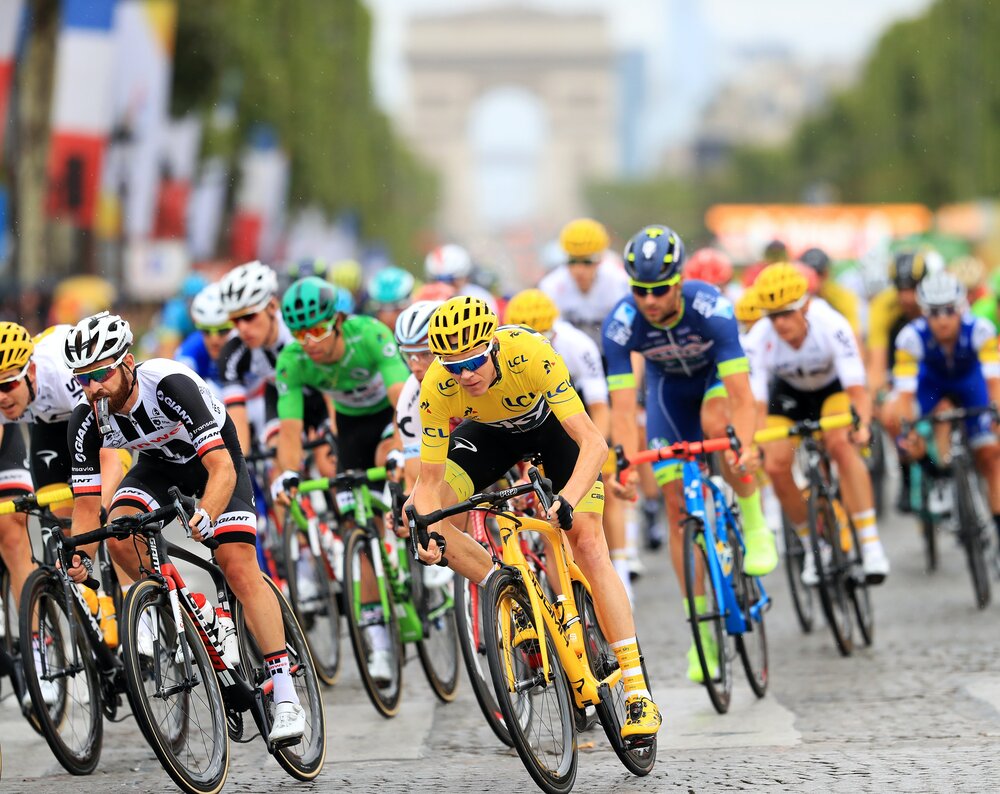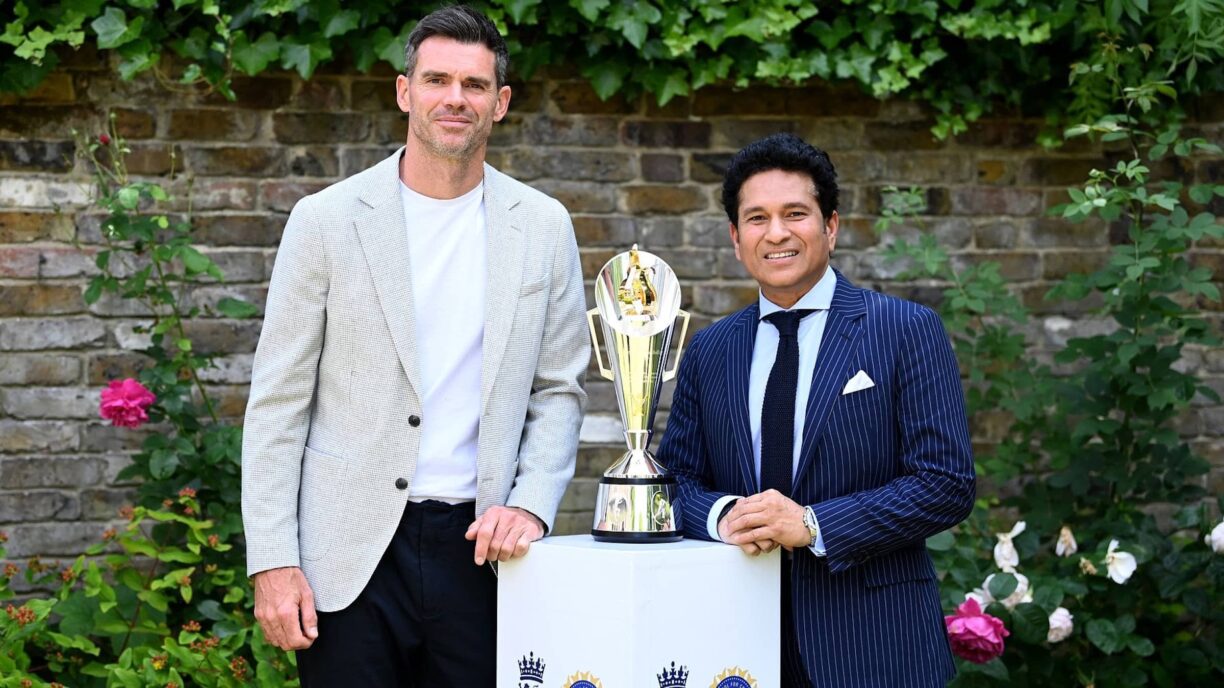The Tour de France is not just the biggest bike race in the world, it is one of the most watched sporting events on the planet.
According to Statista, over 150 million viewers tuned in to watch the 2021 edition of the race in Europe alone. Best estimates put the global figure at around 1.5 billion across 190 countries. To put that into perspective, the NFL Super Bowl game is watched by between 110 and 120 million viewers.
The cycling phenomenon
That growth is set to continue as more sports fans are becoming seduced by the unique dynamic of Grand Tour cycling.
This year a women’s version of the Tour de France begins on the same day that the men’s race ends. It’s the first women’s Tour de France since 2009 and the first to receive major backing and widespread media interest.
The sport has also become a popular wagering event with bookmakers offering more cycling odds and markets than ever before.
As well as backing the general classification race winner – Jonas Vingegaard is the 4/9 favourite at the time of writing – bettors can also back who will win the mountain, sprint, and points classifications, and bet on individual stage wins. Placing a Tour de France bet is easier than ever thanks to mobile apps available from the top betting sites.
What happens on a rest day?
One of the common questions about Le Tour is what the riders do on a rest day. There are usually two rest days during the three-week race. These are often scheduled at the start of a week or at a point there is a large distance between two stages.
For example, the first stages are often hosted in a foreign country, and this can lead to a day where travel back to France is required.
Therefore, one answer is that the teams and riders may spend a rest day travelling. The riders might fly to the next destination, while the equipment is taken overland by track.
In some cases, everything is loaded onto a plane. During this period, the riders must continue to exercise to prevent inflammation. So, they may get on a static bike and use it up to the last possible minute. Or they may use a hotel gym before and after their journey.
The work never stops
In cases where minimal travelling is required, the riders will get out on their bikes and ride for up to three hours. They will not push themselves too hard but will keep their legs moving and cover a large distance.
If there is a difficult or unfamiliar stage the next day, they might ride or drive sections of the course and make technical notes that can be used by the strategy team.
Strategy is a huge part of stage races, although some riders throw strategy out the window in the name of entertainment. The mechanical teams will also work on the bikes and get them set up for the next stage.
So, it is not a rest day in the traditional sense of the term. It is more a case of giving the team time to take stock of their current position and plan their strategy for the next stages of the race.
The riders get a chance to recuperate, receive treatment and recover from any niggling injuries, but they almost always spend time out on the bike to keep them in race mode.
The same is true for other multi-stage races that feature rest days including the Giro d’Italia and Vuelta a Espana Grand Tour races that are held before and after the Tour de France.
So, the term rest day is a little misleading, but most riders look forward to having a few hours away from the spotlight and intensity of the main event.





